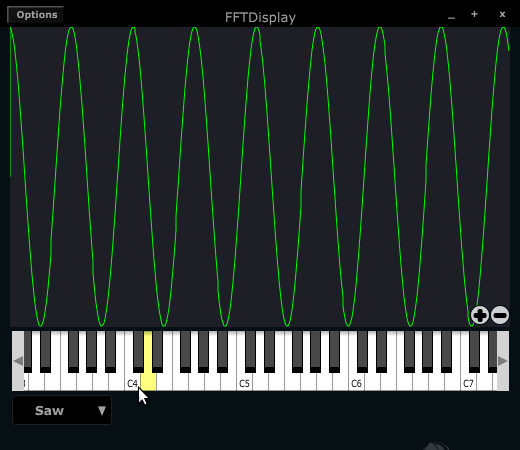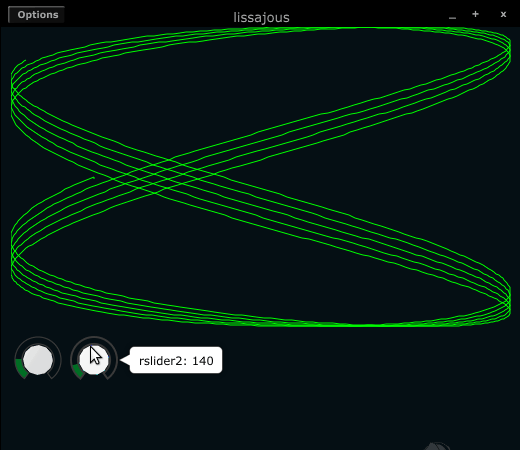Hi,
(no problem!!!)
Look my code (Cabbage for Lissajous tool curves Generator) and known as the two audio channels are independent: L generated one signal and R generated another signal (I added the possibility to change waveform for each channel). If the two signals are equal, the frequency ratio would be 1:1 only the circle is generated (sine wave for both). If you change the ratio, the circle begins to move, and when the frequency ratio becomes at another integer values, different figure is generated… (I’m sorry, but explain in english is very difficult for me…).
the signals have to be different to create shapes… certainly we have to send the two audio signals to the widget. It must be stereo (…), this way open another possibility for this widget: you can build a Cabbage tool that gives the possibility to choose which channel to view: L, R, both or XY  (for mastering application is very nice)
(for mastering application is very nice)
R




 (for mastering application is very nice)
(for mastering application is very nice)
